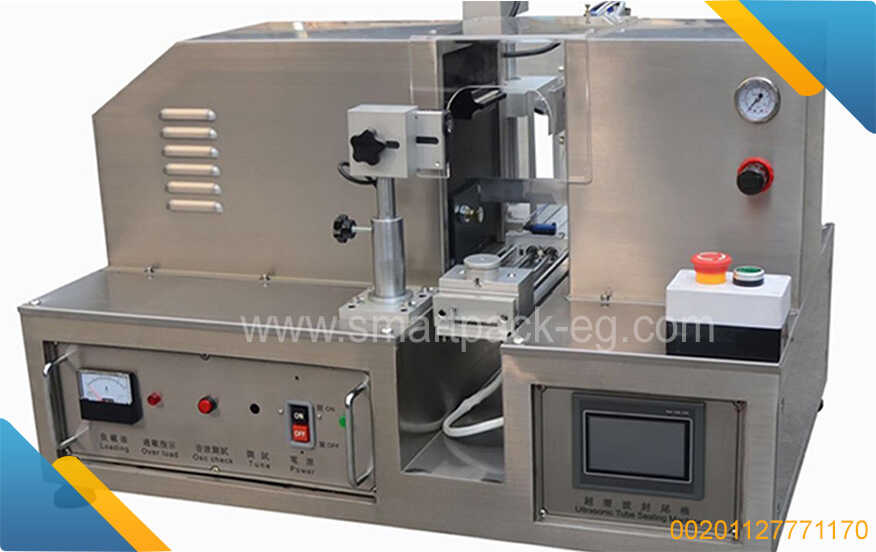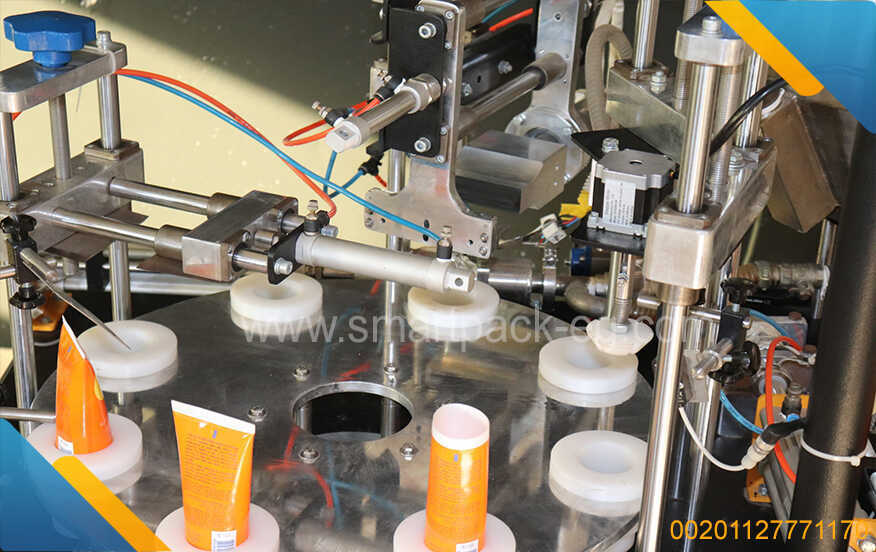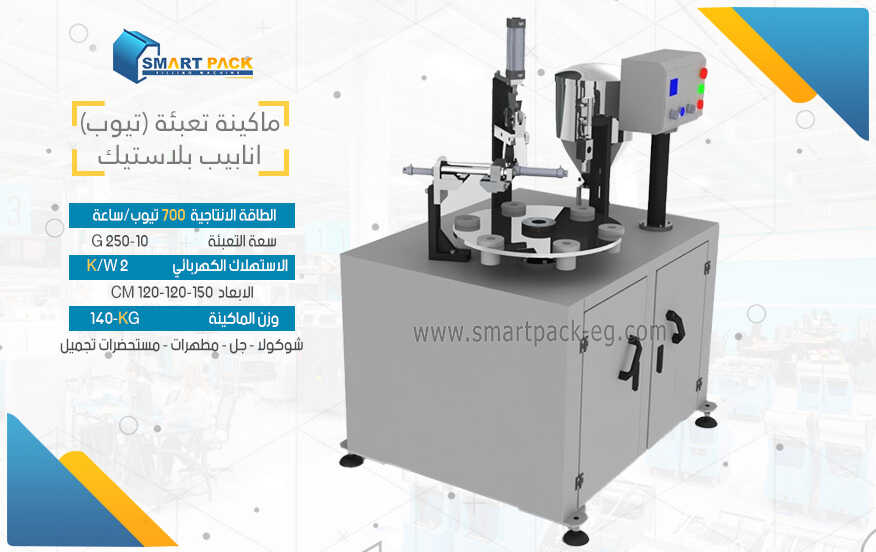How to Identify the Type of Plastic Material from Which Any Product is Made
As consumers, it is important to understand the type of plastic material that a product is made from. This knowledge allows us to make better choices regarding the sustainability, safety, and recyclability of various products. Here is a step-by-step guide on identifying the type of plastic material used in a product:
-
Check for the recycling symbol: Many plastic products include a recycling symbol indicating the plastic type. These symbols are usually found on the bottom of the product or its packaging. The symbols consist of a number from 1 to 7, surrounded by arrows forming a triangle. Each number represents a specific plastic type, which we will discuss further:
- #1 (PET or PETE): This plastic is commonly used for water bottles, soft drink bottles, and food containers. It is clear and rigid.
- #2 (HDPE): High-density polyethylene is used for milk jugs, detergent bottles, and toys. It is typically translucent and rigid.
- #3 (PVC): Polyvinyl chloride is commonly found in pipes, credit cards, and some packaging materials. It is rigid and can be identified by its distinctive smell.
- #4 (LDPE): Low-density polyethylene is used for plastic bags, shrink wrap, and some packaging materials. It is lightweight and flexible.
- #5 (PP): Polypropylene is used for yogurt containers, bottle caps, and some food packaging. It is rigid with a waxy texture.
- #6 (PS): Polystyrene is found in foam products, disposable cutlery, and CD cases. It is rigid and brittle.
- #7 (Other or PLA): Plastic labeled as #7 encompasses various types, including polycarbonate and bioplastics like polylactic acid (PLA). PLA is often used for compostable products.
-
Perform a physical test: If a recycling symbol is not present or visible, you can perform a simple physical test to get a general idea of the plastic type. Keep in mind that this method is not foolproof and may not provide an exact identification. Some common physical tests include:
- Flexibility: Gently try to bend the plastic item. If it is flexible, it may belong to the LDPE or PP category. If it's rigid, it could be HDPE, PVC, or another type.
- Heat resistance: Hold the plastic item close to a flame for a short moment, ensuring safety precautions are taken. Observe how it reacts to heat. For example, PVC will produce black smoke and emit a pungent smell, while HDPE will deform but not release harmful fumes.
-
Consider additional factors: If the plastic identification is crucial, and the recycling symbol and physical tests do not provide certainty, you may need to consider additional factors such as the product's intended use, the appearance of the plastic, or consult professional assistance.
Remember, this guide serves as a general overview of how to identify plastics. It's always recommended to consult local waste management guidelines for correct disposal methods based on the specific plastic type. Understanding the type of plastic used in products can aid in making informed choices towards a more sustainable and environmentally-friendly future.

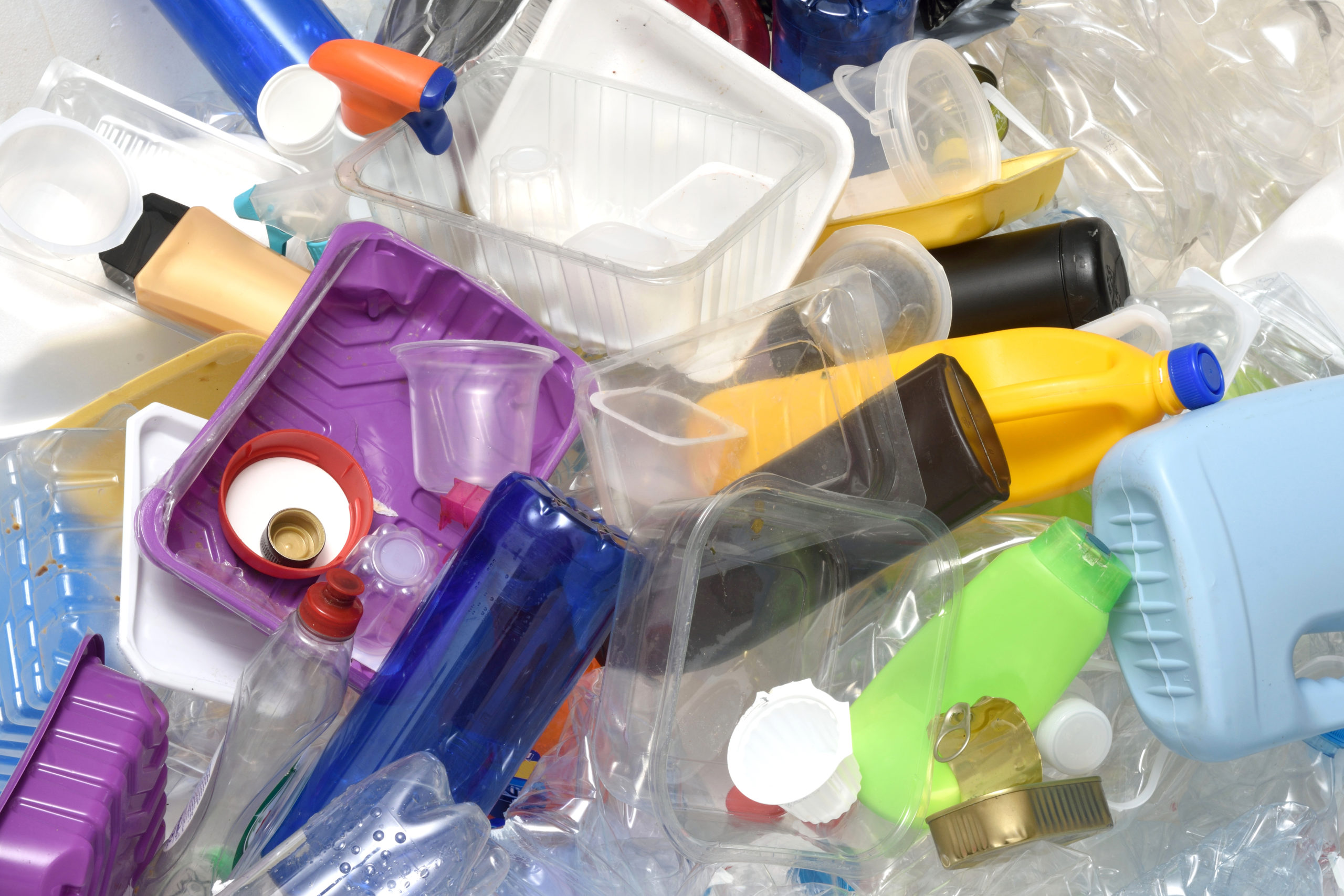
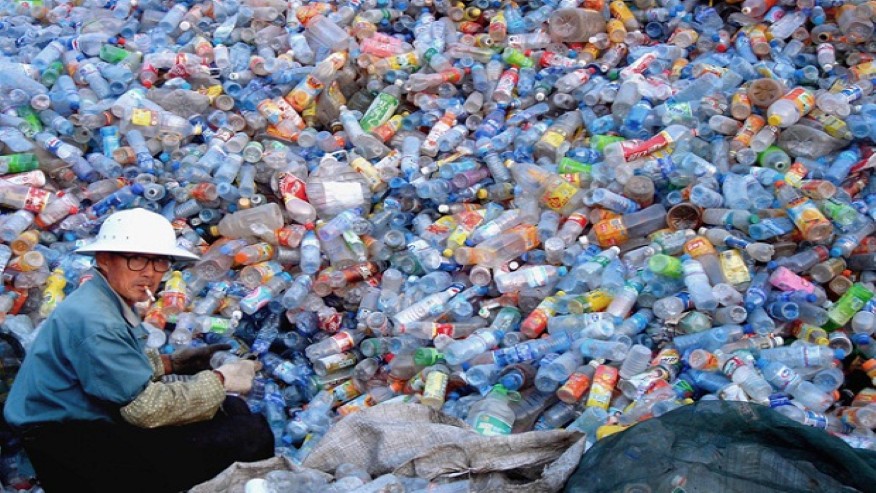
 Admin
Admin 
